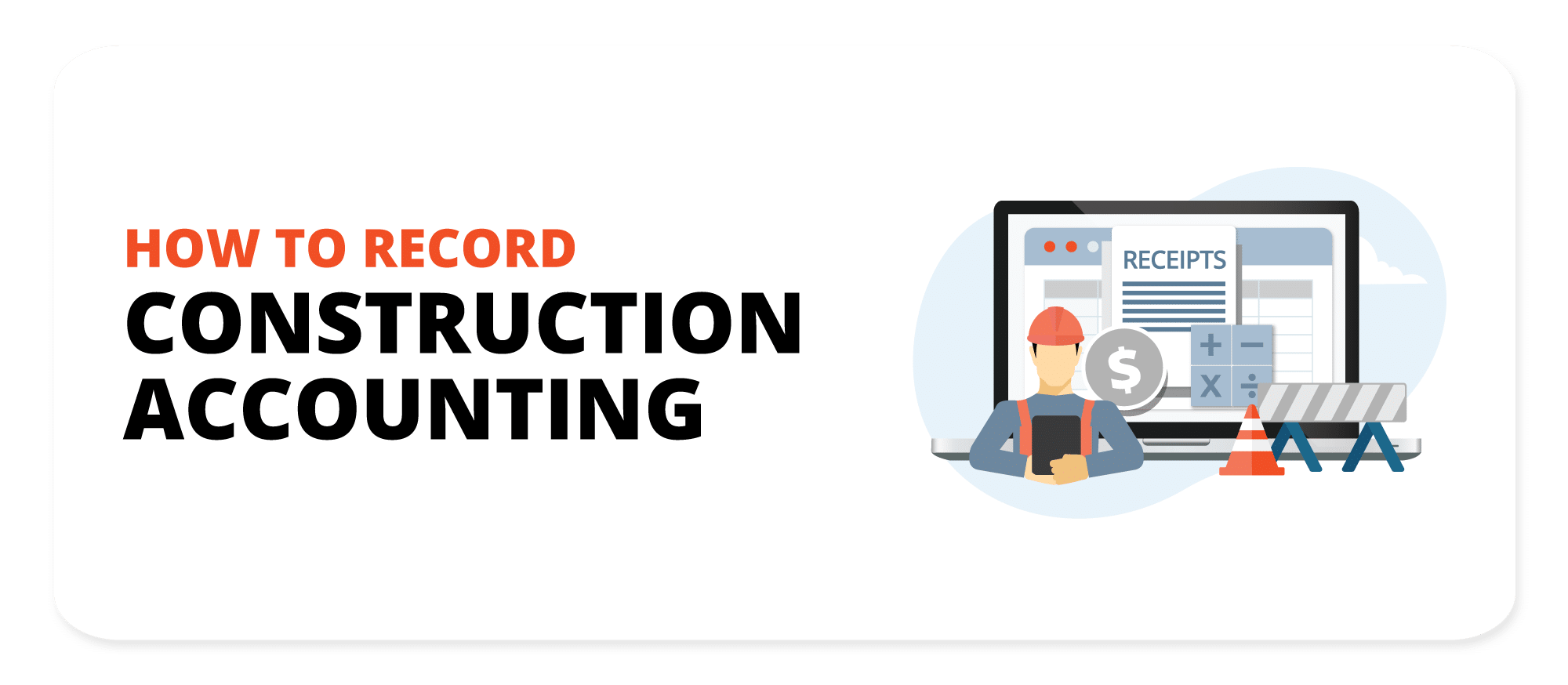Construction Accounting: A Comprehensive Guide to Handling Costs and Budgets
Construction Accounting: A Comprehensive Guide to Handling Costs and Budgets
Blog Article
Construction Accountancy Made Easy: Techniques for Accurate Financial Monitoring
In the facility landscape of building projects, reliable monetary monitoring is paramount for success. Building and construction accounting calls for a nuanced understanding of numerous monetary metrics and approaches to make sure precise monitoring of costs and incomes. By implementing durable budgeting methods and leveraging specialized software program, firms can considerably improve their monetary oversight.
Recognizing Construction Accounting
In the world of building and construction, recognizing bookkeeping practices is crucial for efficient task monitoring and economic oversight. Building and construction audit is unique from conventional audit as a result of its special difficulties, including project-based economic monitoring, complicated expense structures, and the need for compliance with numerous policies. This specialized field highlights the relevance of precisely alloting prices to certain tasks, making it possible for service providers to analyze profitability and make informed budgeting choices.
One of the primary components of building and construction audit is work setting you back, which includes tracking all expenditures related to a certain job. This includes labor, materials, and overhead expenses. By keeping thorough records, building and construction companies can get understandings into the economic health and wellness of their tasks, recognizing prospective problems prior to they escalate.
Additionally, building and construction bookkeeping requires a grasp of development billing, which permits contractors to invoice customers based on the job completed as opposed to complete job completion. This method enhances money circulation monitoring and lines up invoicing with task landmarks. Inevitably, a strong understanding of building and construction accountancy practices equips task supervisors and stakeholders to make calculated decisions, guaranteeing the monetary security and success of building and construction ventures.
Key Financial Metrics to Track
Tracking key financial metrics is essential for building and construction firms to maintain control over their projects and general company performance. Amongst the most vital metrics are the Gross Profit Margin and Web Revenue Margin, which give understanding right into productivity and price monitoring. The Gross Profit Margin, determined by deducting the cost of products sold from total revenue, aids analyze task effectiveness.
Another crucial metric is the Existing Ratio, which reviews a firm's ability to satisfy short-term responsibilities with its present assets. A proportion above 1 shows monetary security. Furthermore, tracking the Accounts Receivable Turnover Ratio can disclose exactly how successfully a business collects repayments, with a greater proportion suggesting punctual collections.
Job Costing is also vital; it involves evaluating the actual prices sustained versus the budgeted prices for details tasks, permitting firms to recognize discrepancies and readjust techniques as necessary. Lastly, the Stockpile statistics steps the value of work contracted however not yet completed, offering understanding into future income possibility.

Reliable Budgeting Methods
Reliable budgeting strategies are essential for building and construction business looking for to enhance task outcomes and keep monetary health and wellness. A well-structured budget plan works as a roadmap, guiding job supervisors through the complexities of building and construction expenses and resource allotment.
To create an efficient budget plan, begin by developing a comprehensive extent of work, which describes all jobs and products needed for the job. This structure enables exact price estimations. Use historic data from previous projects to benchmark expenses and recognize potential variations.
Integrate backup allowances right into the budget to make up unanticipated expenditures, guaranteeing that jobs remain financially sensible despite unpredictabilities. In addition, entail all stakeholders in the budgeting process, fostering cooperation and improving responsibility.
Regularly display and readjust the budget throughout the project lifecycle. Implementing a routine review process makes it possible for timely recognition of inconsistencies and assists in rehabilitative actions. Tracking expenditures versus the budget in real-time can aid minimize expense overruns and boost economic performance.
Tools for Financial Administration
Monetary management devices are important for building business intending to improve their operations and enhance productivity. These tools assist take care of spending plans, track expenditures, and forecast monetary performance, supplying indispensable understandings for decision-making.
One of the most efficient tools is building bookkeeping software program, which automates monetary procedures and streamlines tracking project costs in actual time. This software application frequently includes attributes like job costing, pay-roll management, and invoicing, enabling a detailed sight of monetary wellness.
In addition to bookkeeping software application, project management devices can incorporate monetary information with project timelines and check these guys out source allocation. This assimilation guarantees that monetary factors to consider are woven right into every stage of job execution, decreasing the threat of price visit this website overruns.
Cloud-based financial administration options likewise provide remote access to financial information, allowing real-time partnership amongst stakeholders and enhancing transparency. Employing analytics tools can help building and construction firms identify fads, assess threats, and make data-driven decisions for future tasks.
Ideal Practices for Document Keeping
Accurate record maintaining is an essential facet of successful building audit, as it ensures that all financial purchases are diligently documented and quickly available (construction accounting). To achieve this, building and construction companies should implement organized procedures that promote consistency and precision in their monetary records

Regularly updating records is critical. Develop a routine for getting in deals, ideally daily or regular, to avoid backlog and guarantee prompt coverage. Maintaining organized paperwork, such as receipts and contracts, in clearly classified folders-- both physical and electronic-- aids streamline audits and assistance financial evaluation.
In addition, performing regular reviews of records can reveal inconsistencies and locations for renovation. Training team on finest practices and holding them accountable for accurate record maintaining fosters a society of financial responsibility.
Inevitably, adhering to these ideal techniques will result in boosted financial quality, educated decision-making, and enhanced earnings in building projects.
Conclusion
Finally, efficient construction accountancy is crucial for making certain accurate economic monitoring and task profitability. By developing a clear scope of job, using job costing approaches, and employing suitable economic administration tools, building professionals can improve performance and decision-making. Partnership among stakeholders throughout the budgeting process, integrated with regular tracking and adjustments, better reduces the threat of expense overruns. Sticking to these techniques and ideal practices ultimately adds to the success of building jobs. construction accounting.
Report this page